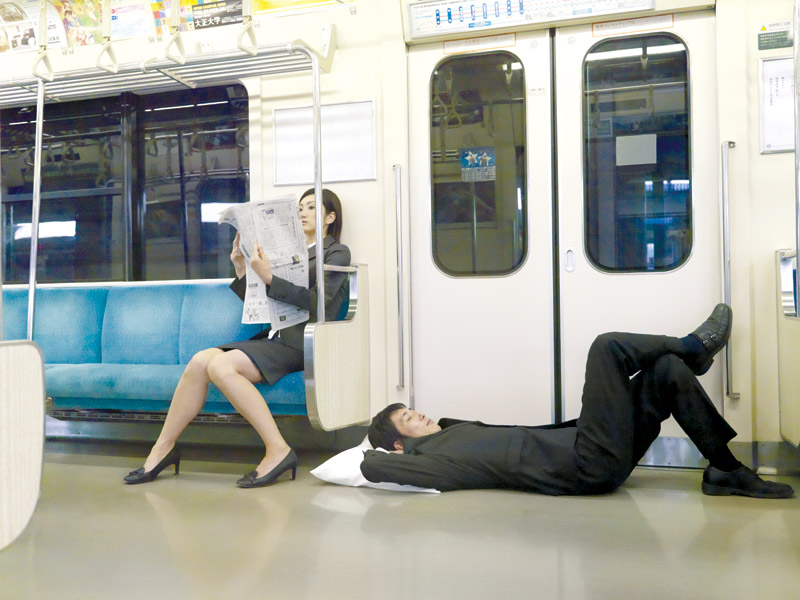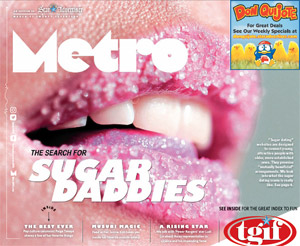Kichinto (Part 1)
By James Charisma
Editor’s Note: This is part one of a two-part essay. Part two will appear in our May 13 issue.
I’ve never seen a cleaner subway system.
With more than 800 interconnected rail stations, all the signs and maps can get a little confusing. Plus, everything’s written in Japanese. Every day, some 20 million people use these trains as their primary mode of transportation in just the metropolitan area alone. In comparison, all of Germany (which has the highest railway use in all of Europe) has only 10 million daily riders.
And somehow, with all those people busting at the seams in tight corridors underground, no one’s getting into arguments or altercations.
But then again, it’s the same city where, on every block, there are bright juicebox-shaped vending machines selling beverages and little novelty toys. Where every company or brand, or even skyscrapers and public parks, has a face — colorful cartoon personalities that are plastered on signs and billboards everywhere or even roaming around neighborhoods in plush mascot suits. Where drinking in public is OK.
This is Tokyo, a city of 37 million people, voted one of the world’s most liveable cities and also one of the most expensive. A sister city to Honolulu, she’s definitely more of an older and hip Natalie Portman-type of sister; one who wears her hair in brightly dyed colors, has a Masters degree in European Literature, and slings back whisky with the burliest of sailors. Has tattoos. Knows magic tricks, great with kids.
And despite having recently gotten the chance to visit Tokyo, she’s still somewhat a mystery for me.
James Charisma is the director of Charisma Industries, a creative design agency in Honolulu.
“A SHARED SPACE” is an ongoing reader-submitted column. To share your story, email coconnor@midweek.com


